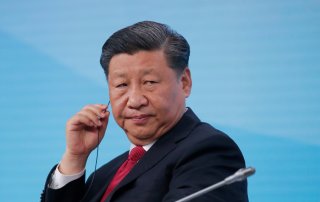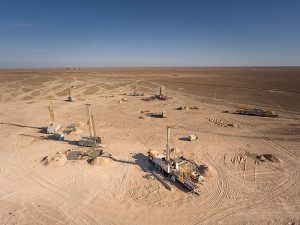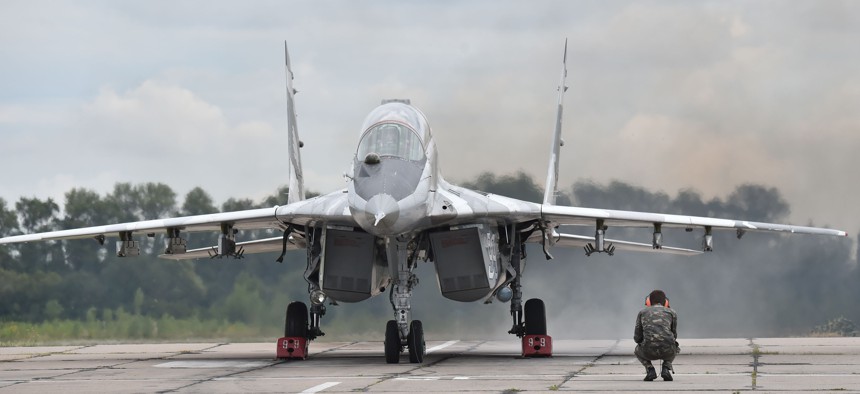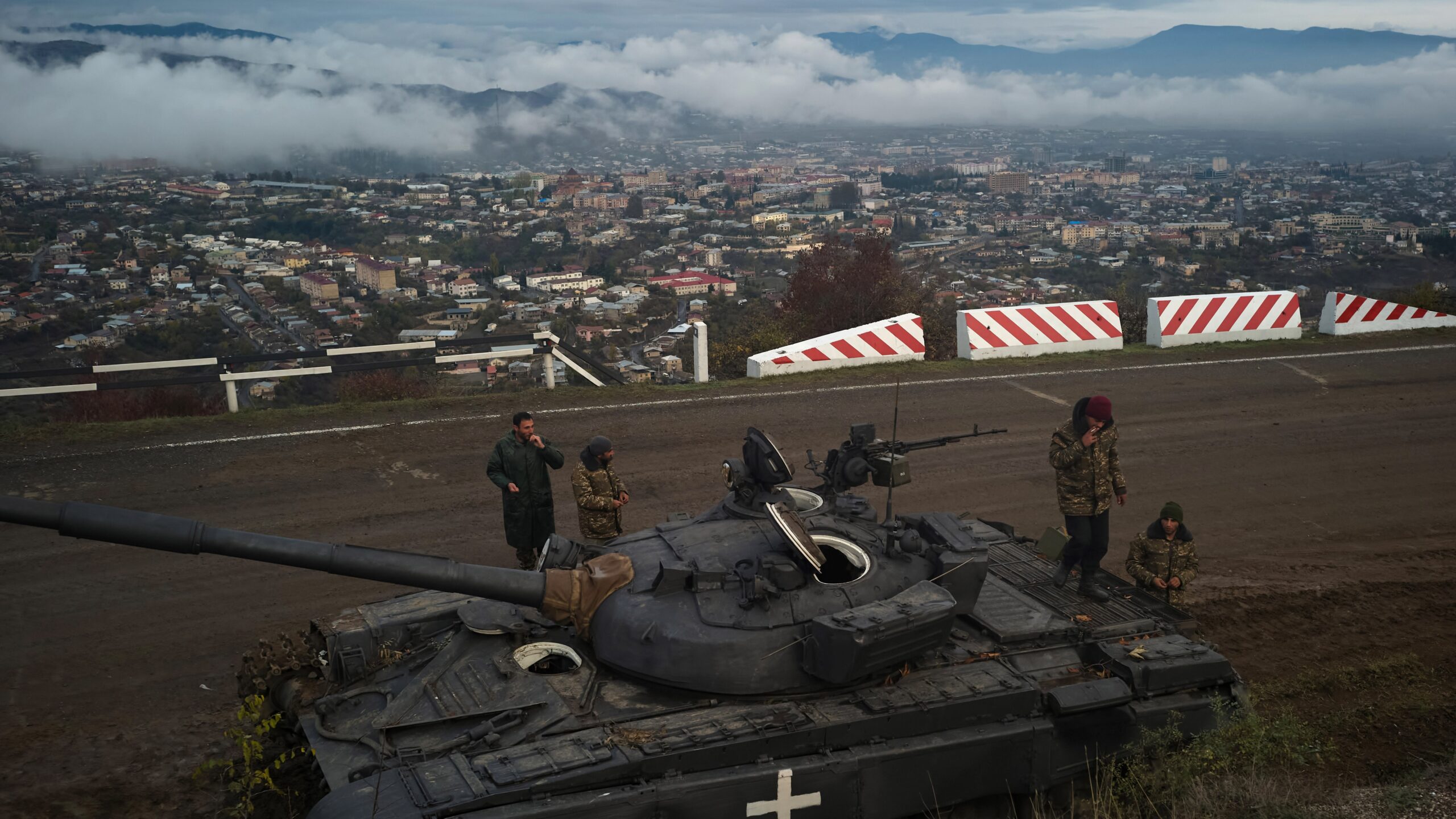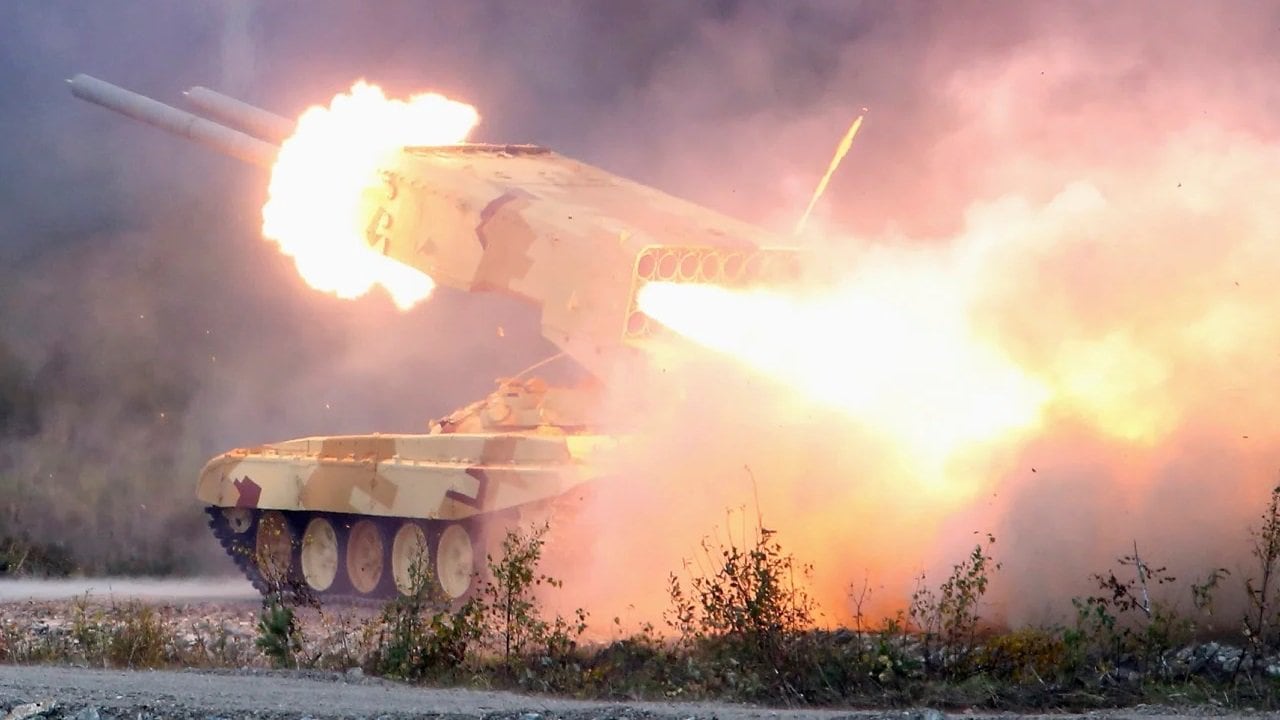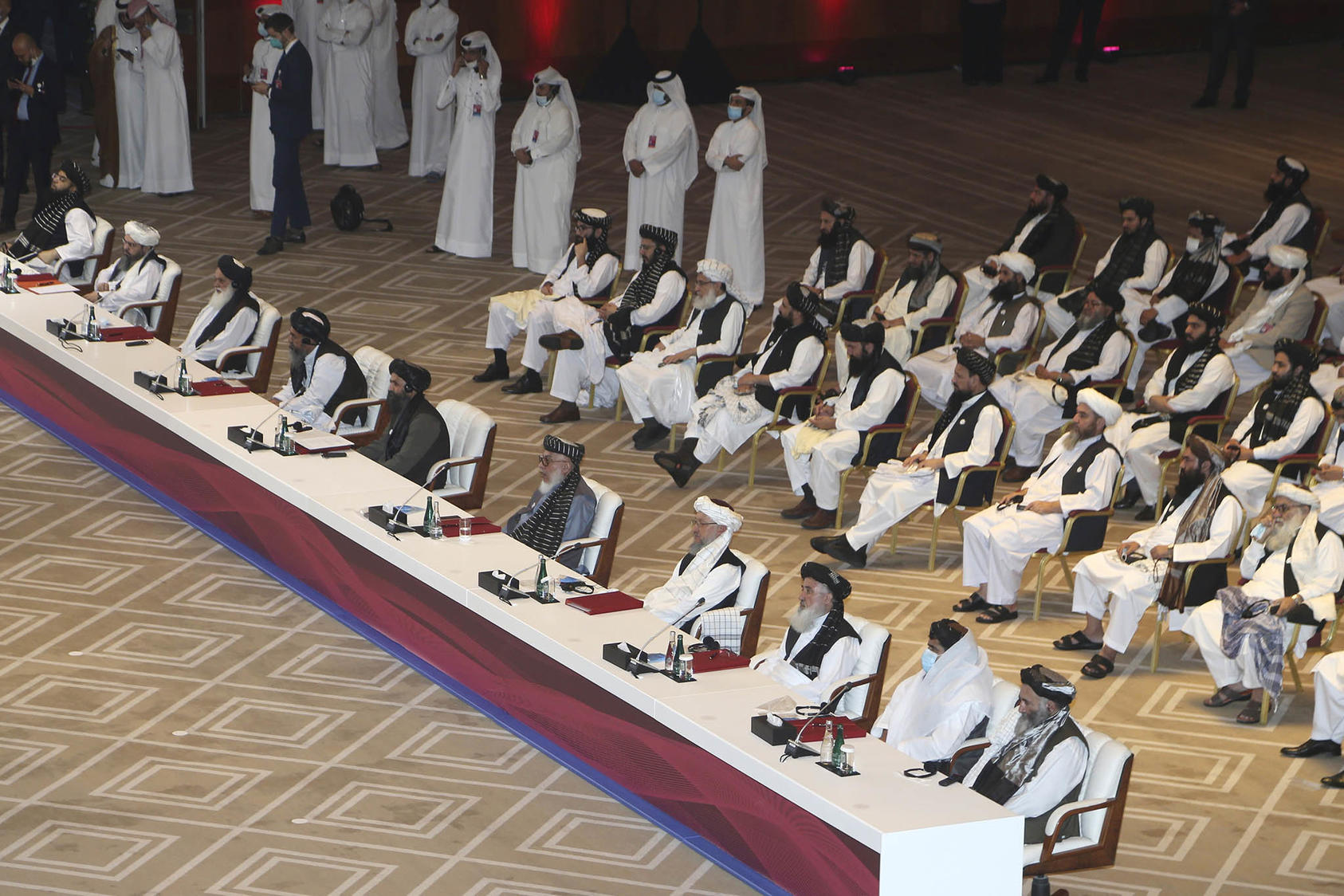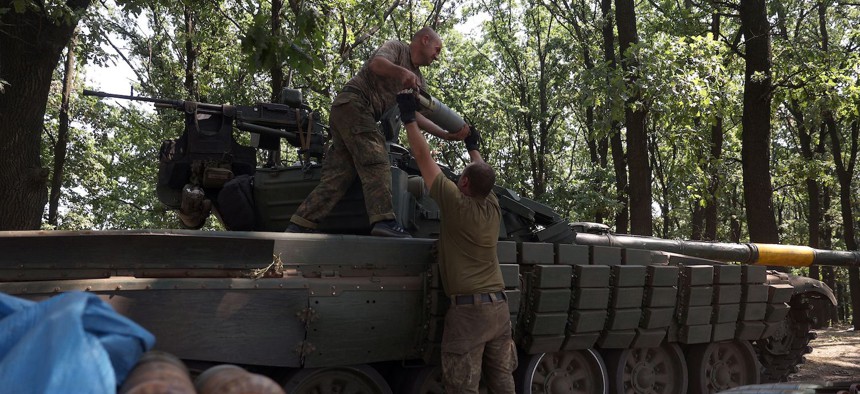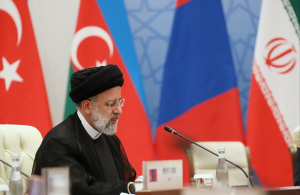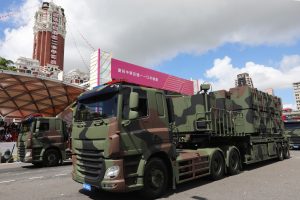Ellen Ioanes
/cdn.vox-cdn.com/uploads/chorus_image/image/71385044/1243103101.0.jpg)
Ukraine’s continuing rout of Russian forces in the east has exposed fundamental problems within the Russian military, including deficiencies and power struggles in its command structure and gaps in intelligence gathering and processing. Though Russia’s early failures and difficulty recruiting enough soldiers for the front line have been clear for months, the latest operation shows the depth of the disarray and stasis in Russia’s armed forces.
Ukraine’s lightning strike operation in the Kharkiv region demonstrated the Ukrainian military’s ability to take advantage of those deficiencies to recapture not just territory, but strategically important transport and resupply hubs for the Russian military’s eastern front. Although the war is far from over, and Russia still controls around 20 percent of Ukraine’s territory, the Kharkiv operation provided a strategic and moral win for Ukraine, and revealed a Russian military seemingly unable — or unwilling — to learn from its previous errors.
Fighting continues in southern Ukraine near Kherson and in the Donbas, where Russia had sent its more experienced soldiers prior to the Kharkiv blitz. While it’s impossible to predict how the fighting will play out there, Ukraine’s ability to take the battlefield initiative and exploit Russian weaknesses — as well as materiel, financial, and intelligence support from Western countries — put Ukraine’s military in a stronger position.



